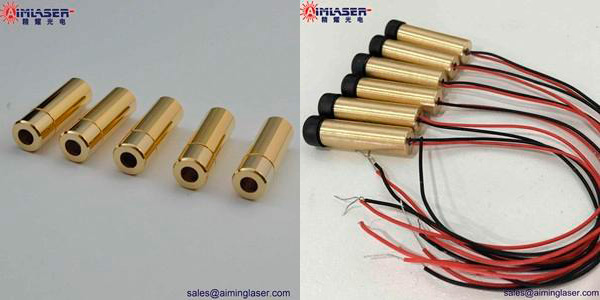In the light source, the realization of energy level population inversion is the premise of realizing light amplification, that is, the precondition of generating laser light. To realize the particle number inversion, it is necessary to use the power of external light to make a large number of particles originally in the low energy level transition to the high energy level. This process is called "excitation".
What we usually call a laser diode is a device that stimulates the particles in the light source to generate stimulated radiation transitions, realizes particle population inversion, and then generates light amplification through stimulated radiation. Although there are various types of lasers, the mission is to obtain laser light through excitation and stimulated radiation. Therefore, lasers are usually composed of an active medium (that is, a working substance that can generate population inversion after being excited), an excitation device (that is, an energy source that can cause population inversion in the active medium, a pump source) and an optical resonator (that is, can enable It consists of three parts (two plane mirrors) in which the light beam is repeatedly oscillated and amplified many times.

Lasers are classified in several ways, the most well-known being solid, gas, liquid dye, semiconductor, and fiber lasers. A solid-state laser medium is something like a ruby rod or other solid crystalline material, and a flash tube wrapped around it pumps its energetic atoms. To work effectively, a solid must be doped, a process in which some atoms are replaced with impurity ions, so that they have the right energy levels to produce a laser light of a precise frequency. Solid-state lasers produce high-power beams, usually very short pulses. In contrast, gas lasers use compounds with noble gases (so-called excimer lasers) or carbon dioxide (CO2) as the medium to produce continuous bright light. Powerful and efficient, CO2 lasers are commonly used in industrial cutting and welding. Liquid dye lasers use a solution of organic dye molecules as a medium, and the main advantage is that they can be used to generate a wider band of light than solid-state and gas lasers, and can even be "tuned" to generate different frequencies.
Divided by wavelength, the wavelength range covered includes far infrared, infrared, visible light, ultraviolet and far ultraviolet. Recently, X-ray lasers and γ-ray optical devices have been developed; according to different excitation methods, there are optical excitation (light source or ultraviolet Light excitation), gas discharge excitation, chemical reaction excitation, nuclear reaction excitation, etc.; according to different output methods, there are continuous, single pulse, continuous pulse and ultra-short pulse, etc.; The power can be as small as microwatts and up to megawatts. The energy of the pulse output can range from microjoules to more than 100,000 joules, and the pulse width ranges from milliseconds to picoseconds and even femtoseconds (one thousandth of a trillion).